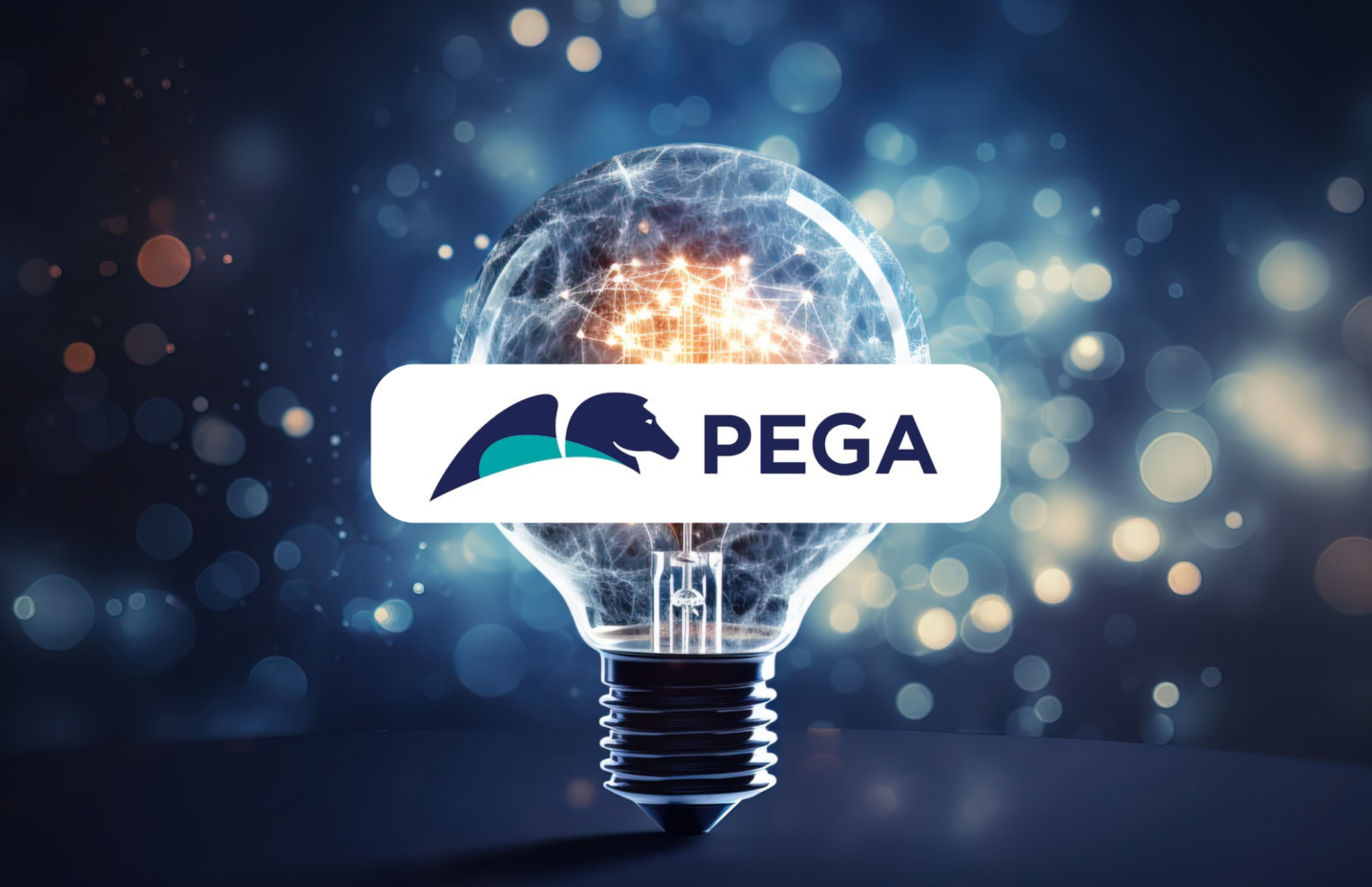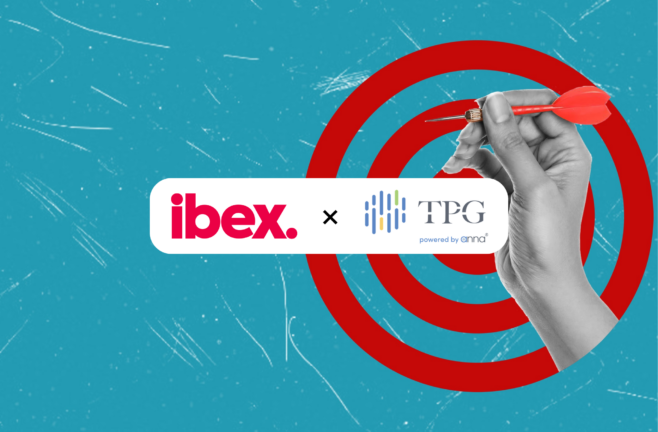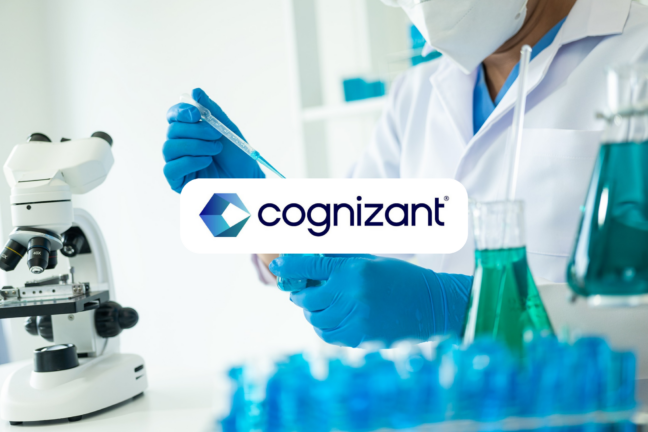Pegasystems has unveiled Pega GenAI Blueprint, an innovative, collaborative application merging generative AI with Pega's industry best practices to transform the app design process.
“Deploying a workflow app involves much more than just generating code – it starts with an optimized design grounded in best practices and configured for the unique needs of an enterprise. Done poorly, these initial steps could lead to missed deadlines, cost overruns, and mismatched expectations later on. By eliminating the common obstacles that have long plagued app design, Pega GenAI Blueprint expedites the journey to an optimal design and ensures everyone is on the same page. Now the once daunting app design process becomes less intimidating, which can fuel even greater ambition to dream up additional groundbreaking apps that will propel organizations to new heights,” said Kerim Akgonul, chief product officer, Pega.
Traditional design methods often hinder success and innovation by lacking stimulation for design thinking and stakeholder alignment. While generative AI aids in this process, many approaches focus solely on generating code rather than optimizing application workflows for efficiency and industry best practices, leading to a high failure rate in transformational projects.
Pega GenAI Blueprint, available for early adopters, enables business leaders to transform app concepts into interactive 'application blueprints,' fostering understanding and collaboration among stakeholders. Leveraging generative AI and Pega's extensive industry expertise gained from decades of collaboration with global organizations, it swiftly creates blueprints deployable to Pega's automation platform, streamlining the creation of enterprise-grade applications. The intuitive guidance of Pega GenAI Blueprint broadens access to app design, allowing clients and partners to quickly learn optimized application design and implementation.

How does it work?
Pega GenAI Blueprint accelerates the journey from idea to implementation by enabling teams to describe the app's purpose briefly. The intuitive interface guides users through workflow elements, capturing feedback and facilitating collaboration. The Pega GenAI engine leverages industry knowledge to design optimized application blueprints, incorporating best practice workflow processes, data models, and integrations. Once finalized, the blueprint seamlessly feeds into the Pega Platform, transforming it into an enterprise-grade, cloud-architected workflow application optimized for business needs.
Key benefits of Pega GenAI Blueprint
Unlike other generative AI tools, Pega GenAI Blueprint focuses on delivering optimized workflow designs, eliminating weeks of circular stakeholder conversations. Powered by Azure OpenAI, Pega GenAI synthesizes Pega's extensive workflow best practices, offering nearly-there design starting points and enabling the incorporation of enterprise-specific best practices in future releases.
In addition, the tool fosters collaboration between business leaders and IT, aligning teams toward common business goals during the initial design phase and reducing errors and delays in later phases.
After finalizing the design, importing the blueprint into the Pega Platform simplifies app deployment. Pega GenAI guides users through the final steps, such as connecting to data sources and finalizing the interface layout.
The initial version of Pega GenAI Blueprint is available for early adopters, with general availability and additional capabilities, such as collaboration features and application deployment, expected by the end of Q2.
In other news, Pegasystems has unveiled the Pega GenAI Knowledge Buddy, a generative AI-powered assistant designed to streamline access to specific answers from scattered knowledge bases for customers and employees.









